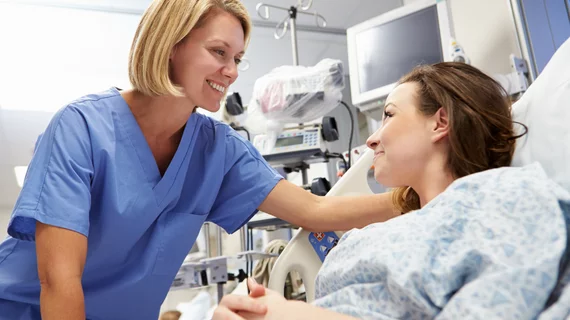Long wait times can negatively impact patient satisfaction, which then harms the patient-centered, value-based care imaging departments seek to provide. But collecting the necessary data for improvements can be difficult, according to the authors of a case study published in the Journal of Digital Imaging.
At one large hospital-based outpatient breast imaging department, researchers implemented a real-time location system (RTLS) to pinpoint problems areas experienced when performing full field digital mammograms (FFDM) and digital breast tomosynthesis (DBT) exams.
Researchers, including Tali Amir, of Memorial Sloan Kettering Cancer Center in New York, tracked nearly 1,000 patient encounters over 10 weeks while the RTLS produced analysis of more than 17,000 staff and/ or patient encounter time stamps. The team specifically looked at radiology workflow—measuring patient wait times, quantifying equipment use and pinpointing bottlenecks.
Amir and colleagues found patients waited an average of 27 minutes in the waiting room and 12 minutes in the dressing room, with the DBT unit identified as a bottleneck. Discrete event simulation (DES) modeling for changes in staffing and equipment predicted a 19 percent reduction in patient length of stay if the FFDM unit was replaced by DBT and two more technologists were added to the six employed during the study period.
“We are optimistic that this process (DES) will inform future operational decisions, thereby increasing value by decreasing patient wait times (frequently correlated with improved patient experience) and increasing efficiency,” they added.
According to Amir et al. the department will go over many options to improve workflow, including shifting times patients are scheduled, changing the type of exam that occurs during a certain time of day, assessing staff capacity throughout the day and many additional solutions.
Going forward the team has greater plans for their RTLS system.
“Our vision is to integrate RTLS and the electronic medical record (EMR) with real-time visual displays throughout the clinic,” they wrote. “Staff badges could be linked, alerting them to a ‘ready status’ or indicating a next step in patient care. Real-time display of patient and staff location and status would improve awareness so that technologists could view alerts and ready a patient based on room availability, thereby decreasing wait time between patients.”

